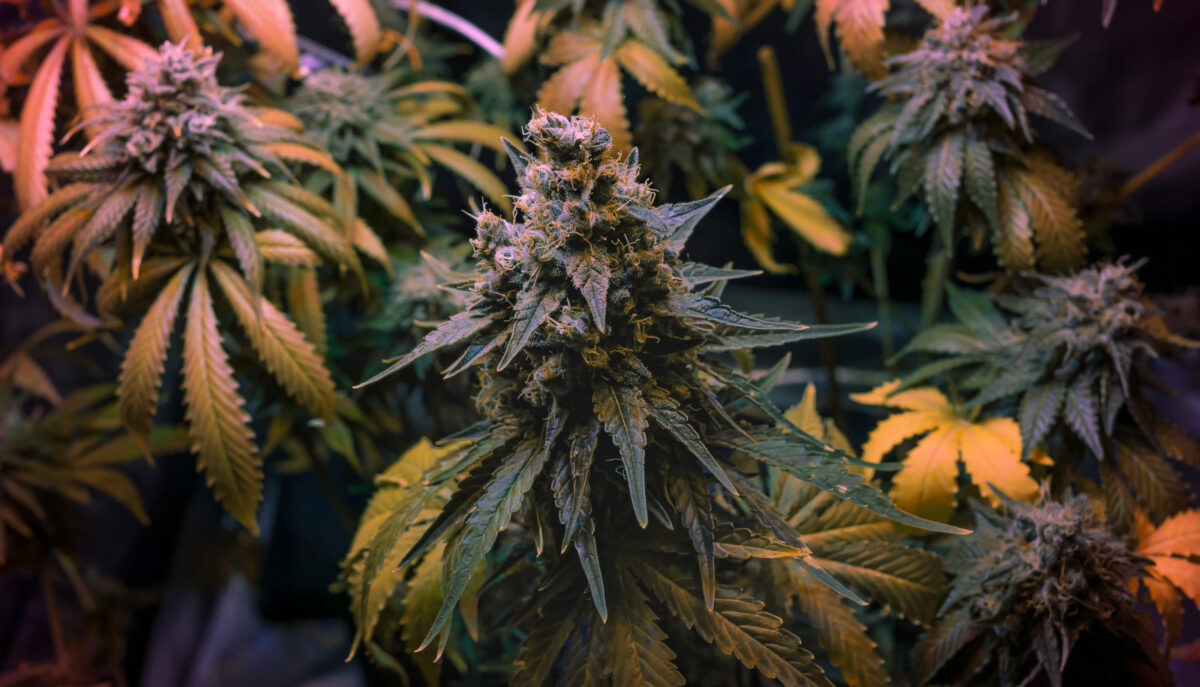Published last week in a notice, the the National Center for Complementary and Integrative Health (NCCIH), which is a part of the National Institutes of Health, said it was looking for applications from researchers to conduct studies on “minor cannabinoids and terpenes.”
According to the NCCIH, this research is important especially as addictive opioids have become widely used for pain management. Applicants should submit letters of intent about their research proposals 30 days before the March 15th application deadline and the $1.5 million will be distributed among four grant recipients.
“Early clinical data suggest that cannabis may enhance the potency of opioids in relieving pain; and the synergy from using these products together may result in more effective pain relief with lower doses of opioids,” the agency stated.
“Yet, it is unclear which components of cannabis may have these properties. In particular, few studies have examined whether and which cannabinoids and/or terpenes interact with the opioid pain pathways.”
“A growing body of literature suggests that the cannabis plant may have analgesic properties; however, research into cannabis’s potential analgesic properties has been slow,” the funding opportunity stated. “One key mechanism to investigate is whether potential analgesic properties of cannabis can be separated from its psychoactive properties. To address this question, more research is needed into the basic biological activity of the plant’s diverse phytochemicals, specifically minor cannabinoids and terpenes.”
NCCIH has the following 11 areas listed of interest for prospective applicants:
* To investigate the potential analgesic properties and adverse effects of minor cannabinoids, alone or in combination with each other or terpenes;
* To investigate the mechanisms by which minor cannabinoids and terpenes may affect pain pathways, including ascending and/or descending neural pathways, cellular and molecular signaling pathways, neuroimmune interactions, or other innovative regulatory pathways related to pain;
* To explore the impact of sex, age and ethnicity on potential analgesic properties of minor cannabinoids and terpenes;
* To explore analgesic potential of minor cannabinoids and terpenes for different pain types (e.g., acute pain, chronic pain, inflammatory pain, neuropathic pain);
* To investigate the pharmacology (pharmacokinetic and pharmacodynamic profiles) of minor cannabinoids and terpenes;
* To explore binding affinities of minor cannabinoids and terpenes to cannabinoid and opioid and other pain-related receptors;
* To investigate the impact of dose and/or route of administration on potential analgesic effects of minor cannabinoids and terpenes;
* To characterize if/how specific terpenes may influence potential analgesic properties of cannabinoids;
* To explore potential opioid sparing effects of minor cannabinoids and terpenes;
* To explore the interaction between the microbiome and minor cannabinoids or terpenes;
* To improve methods to quantify systemic levels of minor cannabinoids and terpenes
“The mechanisms and processes underlying potential contribution of minor cannabinoids and terpenes to pain relief and functional restoration in patients with different pain conditions may be very broad,” NCCIH also stated.
“This initiative encourages interdisciplinary collaborations by experts from multiple fields—pharmacologists, chemists, physicists, physiologists, neuroscientists, psychologists, endocrinologists, immunologists, geneticists, behavioral scientists, clinicians, and others in relevant fields of inquiry.”



